
Review on 🚘 Orion Motor Tech Automotive Assortment by Timothy Barnes

Incorrect, non-standard dimensions
O-rings are a matter of course, but they are actually an important element of precision engineering. The o-ring grooves are actually carefully designed to properly compress the o-ring to ensure a tight seal. Thousandths of an inch make the difference between a good seal and a potential leak. For this reason, o-ring grooves are designed to fit specific, precise, standard o-ring sizes approved by SAE and ASTM for a variety of applications. The SAE size o-rings in this area are the wrong size. When trying to replace the o-rings in my air compressor, I noticed that none of the o-rings that came with them matched the size of the existing o-rings. I pulled my calipers out and checked and these o-rings are completely the wrong size for SAE AS568 compliant o-rings, even though the outside of the box says "AS568". One of the reasons SAE o-rings are marked with dashes instead of sizes is because the sizes are "nominal". To ensure proper fit and compression, the O-rings are slightly oversized in cross-section. This means that the 1/16" o-ring should be 0.070" instead of the exact size of 0.0625" for all -0XX sizes above -004 (the first few sizes are weird). Of course, since the smallest o-ring in this set is 006, ALL -0XX sizes should be .070" thick. These o-rings are actually .059" in diameter for all -0XX sizes, which means they all have a .011" smaller cross-sectional diameter than standard o-rings. This is 15% smaller than size, which is pretty close to the calculated compression strain calculations, meaning they can ONLY seal, but not for long. The ID is also wrong. For example, a 1/4" size (-010) would have to have an ID of 0.239" for them to stretch a bit on the 1/4" shaft. IDs are a bit tricky because they are flexible). See photo. This continues at higher numbers. O-rings -1XX should be .103" thick. Thicknesses on the ones I've tested range from .091" to .102", which is an alarmingly wide range. Poor quality control? Or just don't care? Some will perform correctly. Some of them will perform less correctly. -2XX series o-rings rated to AS568, nominal size 1/8", must be 0.139" thick. This is 0.123", which is NOT the o-ring grooves fills out properly and leads to potential leaks. They're supposed to be 1/8" and they're not even that, let alone the size. They should. The metric is slightly better. Unlike SAE o-rings, metric o-rings have metric o-rings exact dimensions, not nominal sizes, meaning a 1.5mm o-ring is actually accurate is 1.5mm in size. But that's not the case. 1.5mm O-rings are actually 1.4mm. 2mm and 2.5mm are actually correct. 3.5mm ranged from 3.4 to 3.7 which would make some of them very narrow. I gave it back a star because the metric sizes aren't as terrible as the SAE sizes. But they leave a lot to be desired. I will be returning them and purchasing my selection of o-rings from McMaster-Carr who have a reputation for quality. The price will be more than double, but at least I know what I'm getting. It's just stupid to use poor quality or wrong size parts in my repair.
- Nice to use
- old
New products
Comments (0)
Top products in 🛠️ Seals & O-Rings
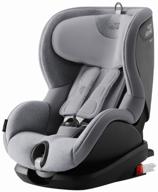
Car seat group 1/2 (9-25 kg) Britax Roemer Trifix2 i-Size, gray marble

20 Review
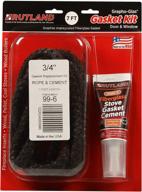
🔥 Rutland Grapho Glas Gasket Pellet Cmt Kit

3 Review
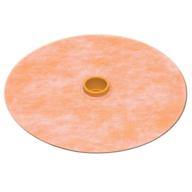
🌊 Ultimate Waterproofing Solution: Discover the Schluter Kerdi Pipe Seal 3/4

3 Review
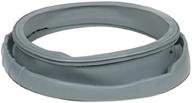
Samsung DC64 00802A Diaphragm: Durable and Efficient Replacement Component

4 Review
Another interesting products

6 Pack Miahart Adjustable 304 Stainless Steel 4 Inch Hose Clamp Duct 91Mm-114Mm Worm Gear Pipe Clamp For Automotive, Mechanical Agriculture.

18 Review
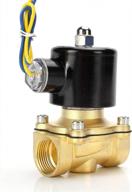
12V Brass Solenoid Valve, 3/4" Electric Air Valve For Water, Air, Gas, Fuel And Oil - Normally Closed By Beduan

10 Review
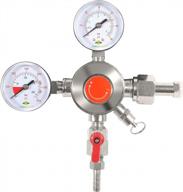
Upgrade Your Draft Beer Kegerator With The TerraBloom CO2 Keg Pressure Regulator - Dual Gauge Heavy Duty Unit With Safety Features

16 Review
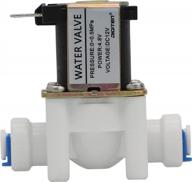
DIGITEN DC 12V 1/4" Inlet Feed Water Solenoid Valve Quick Connect N/C Normally Closed No Water Pressure

14 Review

